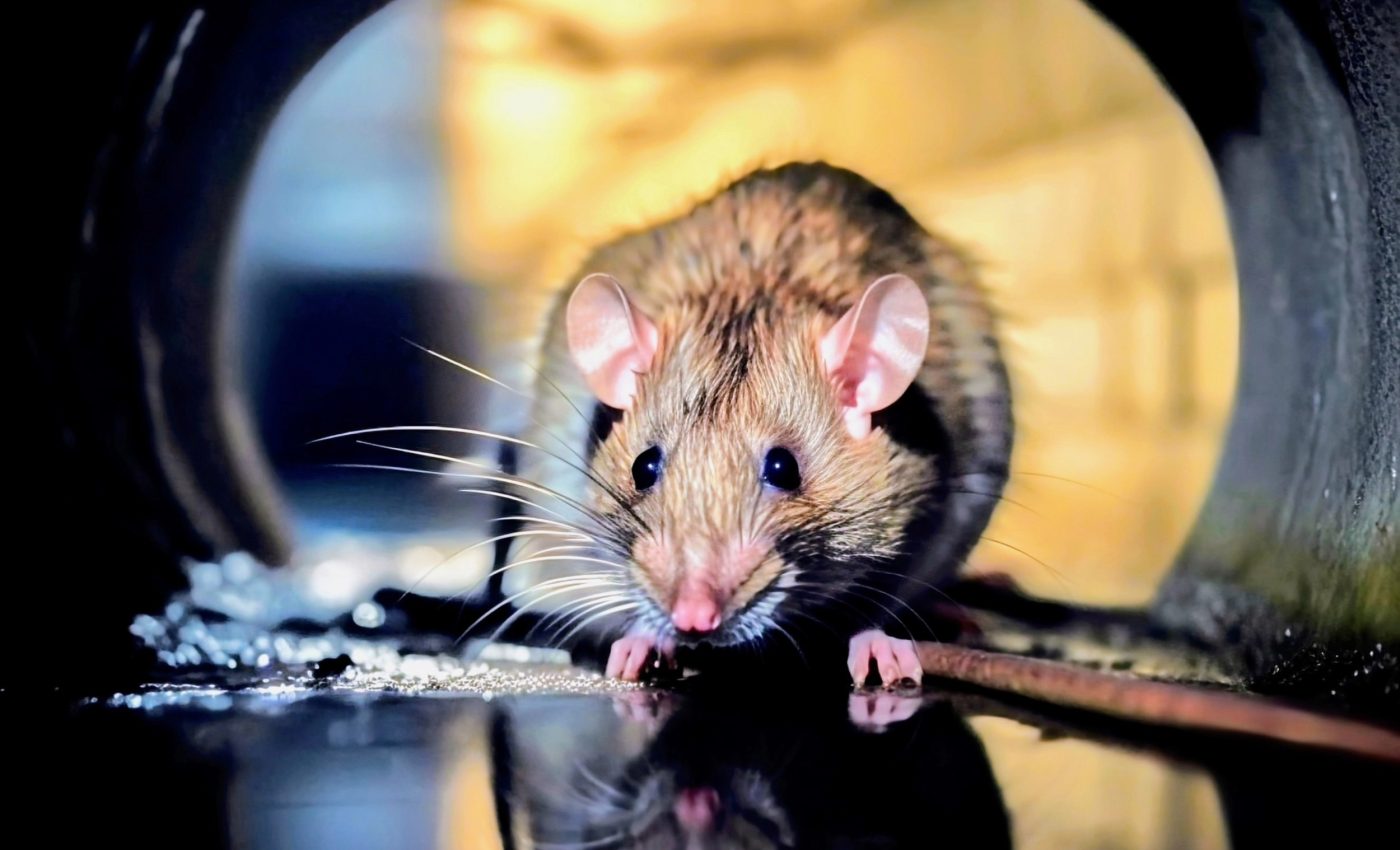
'Jedi rats' manipulate sound to supercharge their sense of smell
For years scientists have puzzled over the purpose of the unique ultrasonic vocalizations (USVs) produced by rats. Many of them have assumed these sounds to be a form of rats social communication, a subtle courtship ritual, much similar to the exquisite songs rendered by birds.
This comparison, however, might not be entirely accurate, as a new perspective suggests rodents could be using these sounds to enhance their olfactory world.
Unconventional proposal
An innovative proposition from an expert in bioacoustics from the University at Buffalo presents a new perspective.
The study, published in the journal Neuroscience & Biobehavioral Reviews, indicates that rats might not be communicating through these sounds as we assumed but are using them to stir their environment.
This stirring affects how tiny particles are inhaled into their noses, implying that sound could be an essential tool in enhancing their sense of smell.
Controlling molecular interactions of particles
“This phenomenon has never been observed before, or I believe even suspected, in any animal,” said Dr. Eduardo Mercado III, a professor of psychology in the UB College of Arts and Sciences. “They’re creating new pathways of information by manipulating their environment and controlling the molecular interactions of particles around them.”
This means that these rats might not be flirting but surveying their surroundings using a process that could revolutionize our understanding.
“It’s so far off the scale of what we know that it’s like we’re observing ‘Jedi’ rats,” said Mercado. “It almost seems like magic.”
Rats identify others through sound
Rodent exploration involves stroking surfaces with their whiskers, visually scanning, and perpetually sniffing.
Mercado discovered that rodents consistently sniffed right after producing each USV. This observation led to the hypothesis that ultrasound could be used to manipulate particles, a technique known in the field of vibroacoustics.
Artificially produced ultrasonic vibrations, or vibroacoustics, cause airborne particles to cluster. With this in mind, rodents might be using USVs to create “odor clusters,” thereby enhancing the reception of pheromones.
This indicates that the rats’ sounds are making it easier for them to detect and identify friends, strangers, and competitors in their surroundings.
Manipulating nanoparticles with sound
Rodent vocalizations have critical implications in research related to various human disorders, especially those relating to communication, social behavior, and emotional processing. These include conditions such as anxiety, depression, schizophrenia, Parkinson’s disease, and autism.
But, if this new hypothesis stands the test, it will necessitate a reevaluation of findings from these studies.
“Rodents, especially rats and mice, are the unsung heroes of the scientific world,” said Jessica Zhou, a student researcher at Harvard University and co-author of the paper.
From an evolutionary perspective, there is evidence to suggest that the use of smell in exploration drove the evolution of attention and memory. This new understanding can also potentially lead to groundbreaking technologies.
“The fact that we were oblivious to anything like this being possible means we don’t have the understanding yet for how nanoparticles might be sonically manipulated for complex uses,” said Mercado. But, if nature has already solved the problem for us, it could give us a significant head start.
Rats using ultrasonic sound
The discovery of rodents using ultrasonic vocalizations to manipulate their environment could pave the way for groundbreaking innovations in both biology and engineering.
This newfound mechanism has the potential to inspire the development of technologies in fields such as particle manipulation, nanotechnology, and even air filtration systems.
The ability of rats to influence particles through ultrasonic sound waves suggests that similar principles could be applied in designing devices to control or cluster particles.
This could lead to advancements in areas like air quality monitoring, where precise manipulation of particles is crucial, or in developing odor detection technologies for security or medical applications.
Additionally, the findings open the door for further exploration of how other animals might use sound in unexpected ways to interact with their surroundings.
Future research may reveal similar phenomena in other species, prompting a reevaluation of how animals engage with their environments and the role of sound in sensory processing.
The study is published in the journal Neuroscience & Biobehavioral Reviews.
—–
Like what you read? Subscribe to our newsletter for engaging articles, exclusive content, and the latest updates.
Check us out on EarthSnap, a free app brought to you by Eric Ralls and Earth.com.
—–













